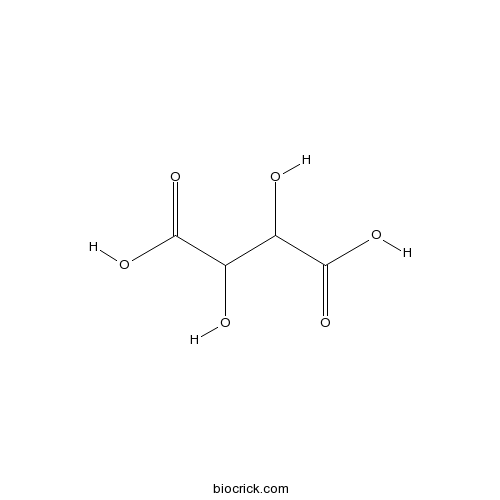Oxalis corymbosa
Oxalis corymbosa
1. The products in our compound library are selected from thousands of unique natural products; 2. It has the characteristics of diverse structure, diverse sources and wide coverage of activities; 3. Provide information on the activity of products from major journals, patents and research reports around the world, providing theoretical direction and research basis for further research and screening; 4. Free combination according to the type, source, target and disease of natural product; 5. The compound powder is placed in a covered tube and then discharged into a 10 x 10 cryostat; 6. Transport in ice pack or dry ice pack. Please store it at -20 °C as soon as possible after receiving the product, and use it as soon as possible after opening.
Natural products/compounds from Oxalis corymbosa
- Cat.No. Product Name CAS Number COA
-
BCN9052
DL-Tartaric acid133-37-9
Instructions

Specific leaf area relates to the differences in leaf construction cost, photosynthesis, nitrogen allocation, and use efficiencies between invasive and noninvasive alien congeners.[Pubmed: 18392694]
Comparisons between invasive and native species may not characterize the traits of invasive species, as native species might be invasive elsewhere if they were introduced. In this study, invasive Oxalis corymbosa and Peperomia pellucida were compared with their respective noninvasive alien congeners. We hypothesized that the invasive species have higher specific leaf (SLA) than their respective noninvasive alien congeners, and analyzed the physiological and ecological consequences of the higher SLA. Higher SLA was indeed the most important trait for the two invaders, which was associated with their lower leaf construction cost, higher nitrogen (N) allocation to photosynthesis and photosynthetic N use efficiency (PNUE). The higher N allocation to photosynthesis of the invaders in turn increased their PNUE, N content in photosynthesis, biochemical capacity for photosynthesis, and therefore light-saturated photosynthetic rate. The above resource capture-, use- and growth-related traits may facilitate the two invaders' invasion, while further comparative studies on a wider range of invasive and noninvasive congeners are needed to understand the generality of this pattern and to fully assess the competitive advantages afforded by these traits.


